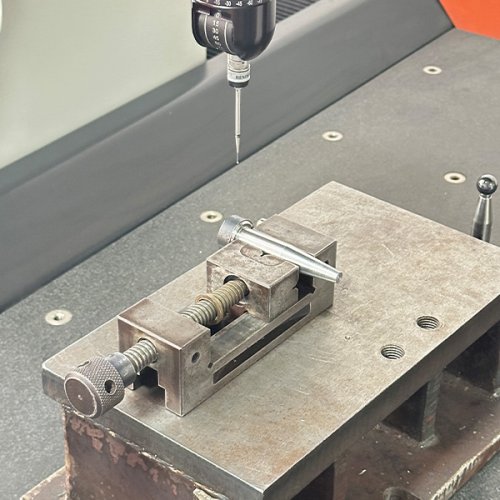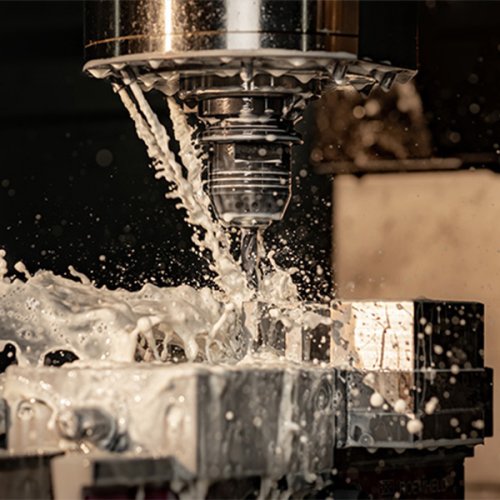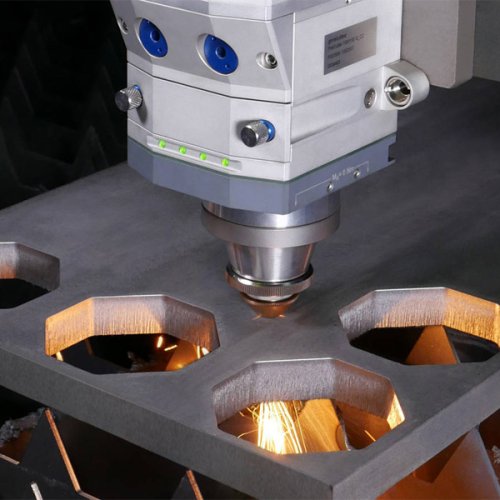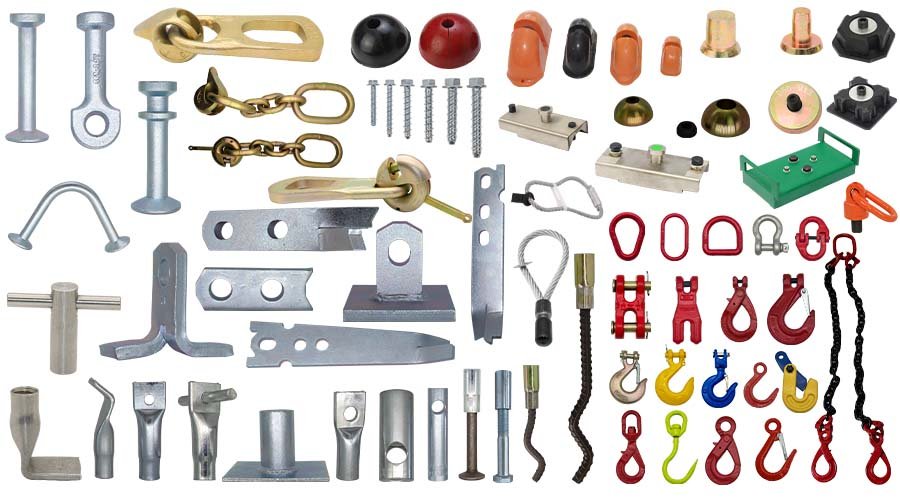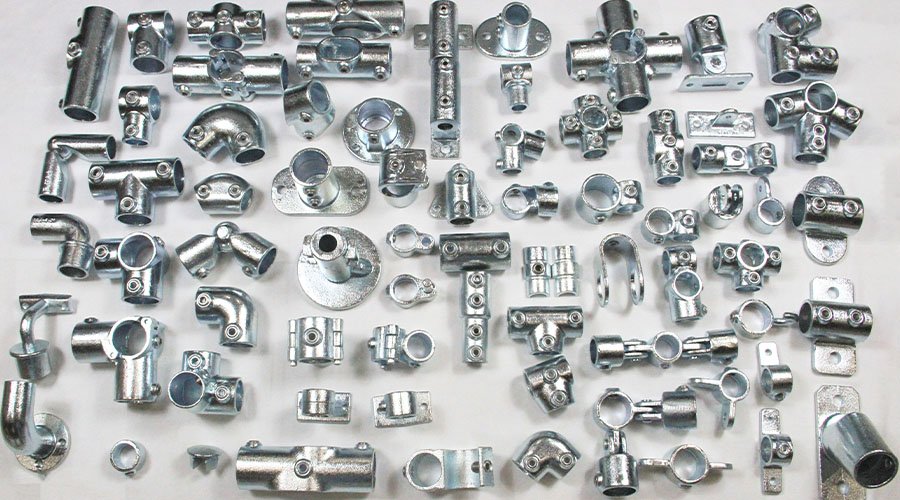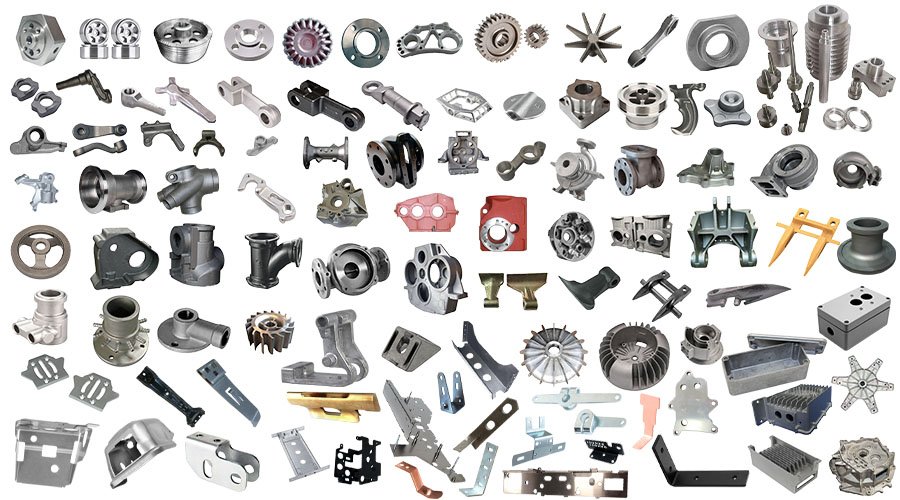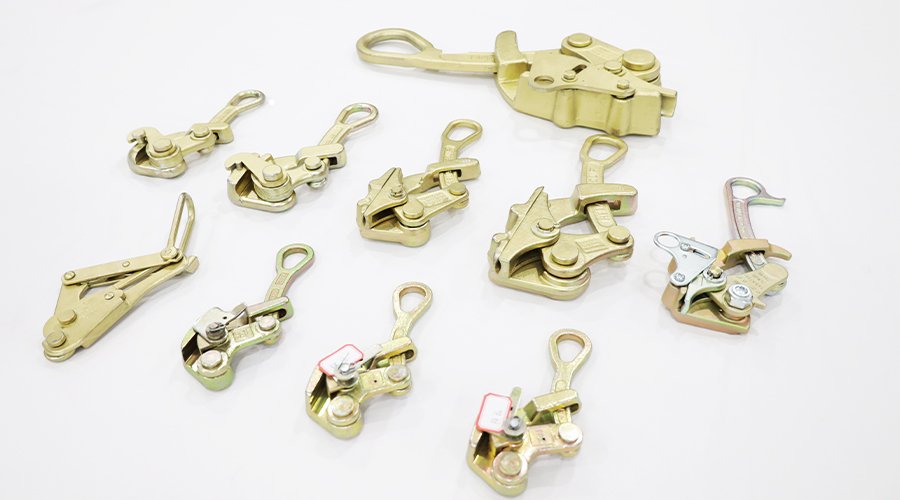Custom die casting parts can range from intricate automotive components and aerospace housings to consumer electronics shells and industrial equipment fittings. With tailored mold design, precise alloy selection, and optimized production parameters, these parts deliver superior strength, dimensional accuracy, and surface quality. They are engineered to perform reliably in demanding environments while meeting the exact specifications of each application.

 EN
EN RU
RU

